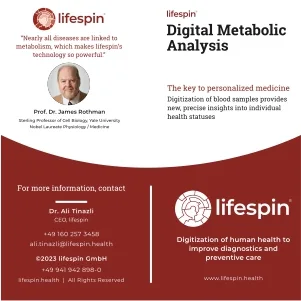Germany- March 2024-Siemens Healthineers has developed an automated, self-driving C-arm system for intraoperative imaging in surgery. Ciartic Move is equipped with holonomic, omnidirectional wheels that allow precise movements even in the smallest of spaces and allow easy and accurate positioning. Using a remote control, the system can be moved to previously stored positions with the touch of a button. This relieves the burden on technologists, who previously had to set these manually. In addition, the automated process saves valuable time as the automatic adjustments are more precise and thus can reduce imaging times. Ciartic Move enables around 50 percent time savings in intraoperative imaging during spine surgery, pelvic surgery and distal radius surgery by allowing the default positions and settings to be saved and recalled during the procedure.
“In conversations with our customers, the urgent need for a fully automated C-arm system to reduce the burden on surgical staff in the field of trauma surgery became apparent again and again. We have been developing this system over the past ten years and are very pleased to be able to introduce Ciartic Move,” said Carsten Bertram, head of Advanced Therapies at Siemens Healthineers.
Ciartic Move focuses on several challenges facing healthcare systems. Due to the drastic shortage of medical staff worldwide, it is not uncommon for medical interventions to have to be postponed. This leads to inefficiencies in the clinical process and is associated with longer and unplanned waiting times for patients.
In surgery, minimally invasive procedures have also established themselves as the method of choice as far as possible, as they are gentler on patients. However, this increases the demands on clinical staff. Surgical teams tend to be tightly scheduled, with several of these image-guided procedures routinely performed per day. In addition, the work in the operating room is physically demanding. During procedures, the C-arm, which can weigh up to half a ton, must be repositioned repeatedly to give the surgical staff the exact anatomical views they need in real time. With conventional mobile C-arms, this repetitive manual positioning can be time-consuming and prone to error. Controlling and moving the device within the operating room (OR) and between rooms also requires a great deal of physical effort.
“If surgical staff are absent at short notice, there is always the risk that procedures will have to be postponed,” said Dr Mario Perl, director of the department of Trauma Surgery and Orthopedics, Uniklinikum Erlangen, Germany. “Thanks to Ciartic Move we can relieve our staff and enable them to focus on patient-centered activities. The automatic return to the previously defined position that we used before allows us to save time and radiation.”












